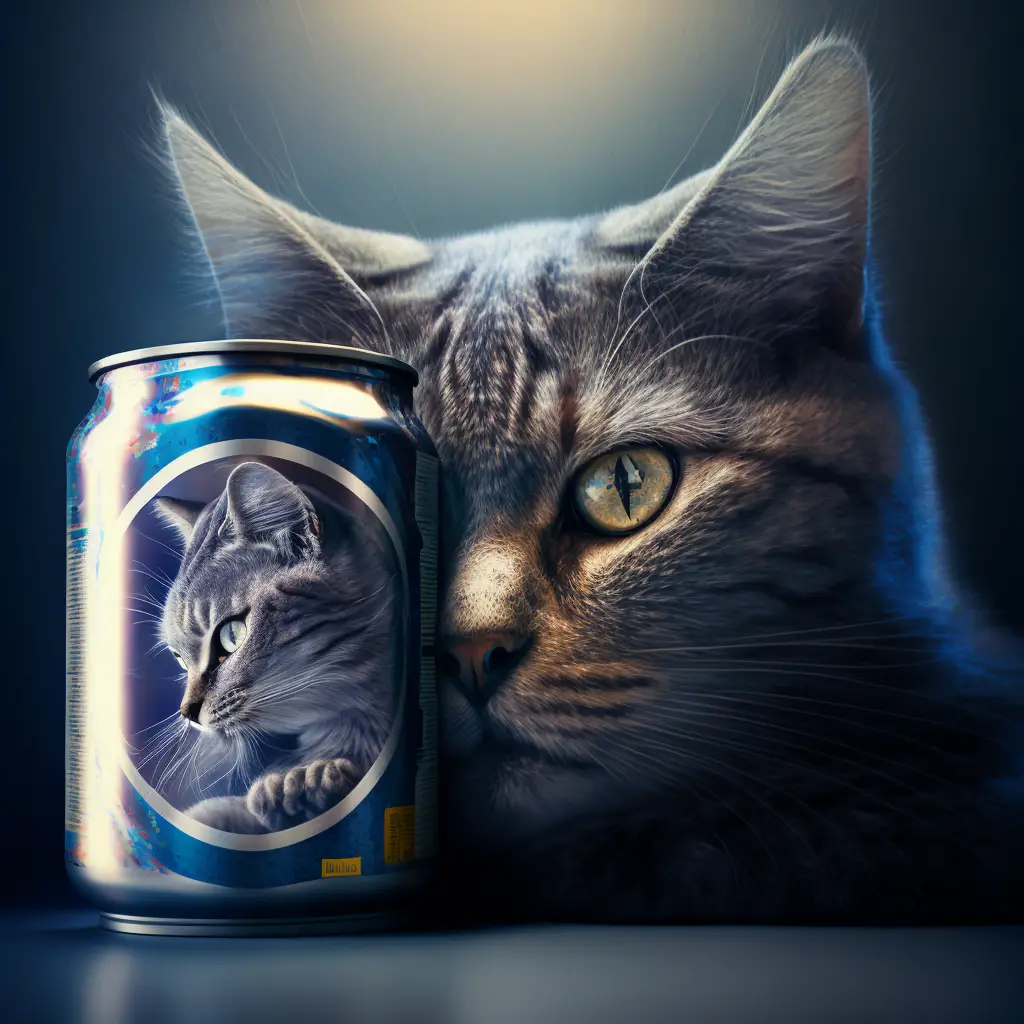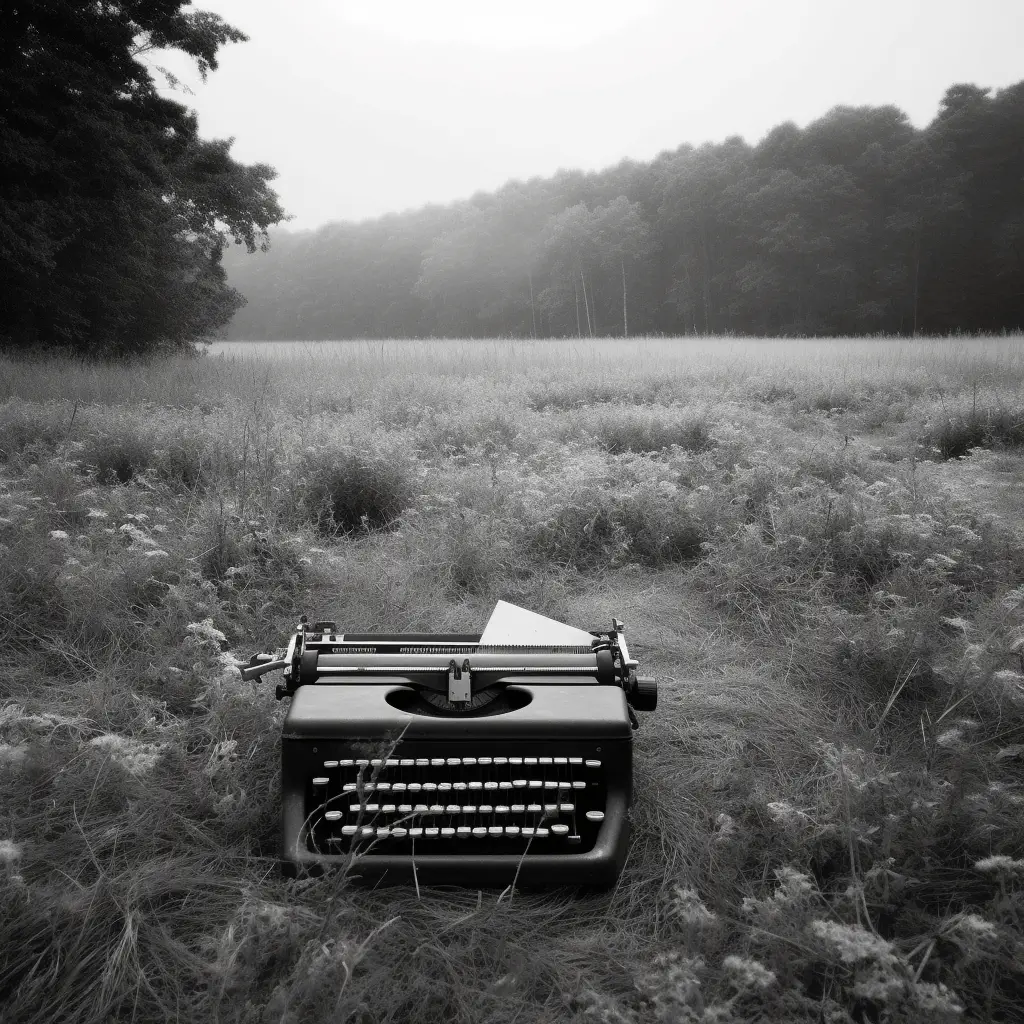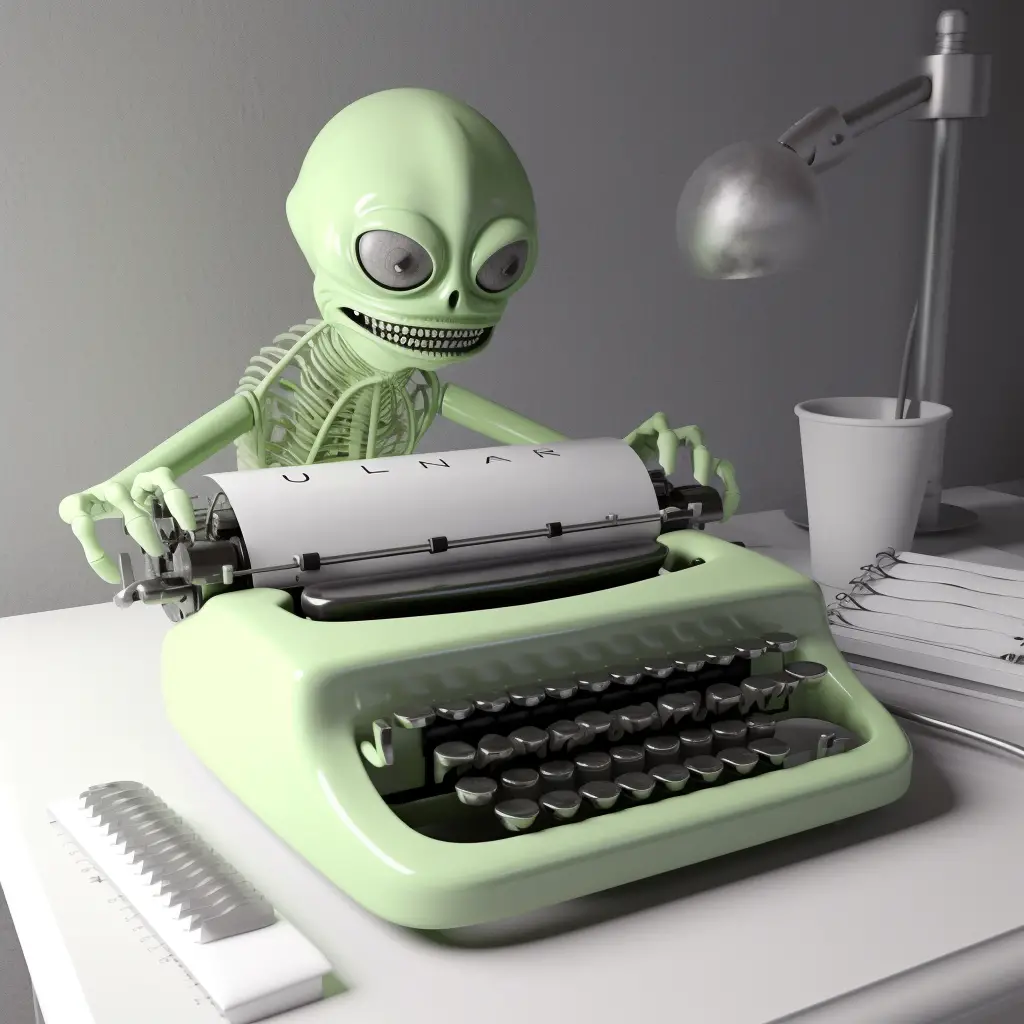
If you thought writing was just plain boring, you‘re just plain wrong! Metaphors can make your writing come alive with amazing visuals and witty humor. They can help you to convey complex ideas in an interesting and concise way. Plus, they can help you look smarter than you really are.
So let’s explore the many different ways metaphors can spice up your writing!
What is a metaphor?
A metaphor is a figure of speech that describes a subject by asserting that it is the same as another unrelated thing, giving an image or idea that helps explain an abstract concept. It might help to think about what a metaphor is in a few different ways:
- A metaphor is like a story that compares two things to help you understand ideas better.
- It’s also a picture that makes a comparison between two things to help explain them in a more interesting way.
- It’s a puzzle that uses words to show how two things are similar in some way.
Metaphors should not be taken literally because they are meant to be used as a figure of speech to create a vivid image or idea to help explain abstract concepts. Metaphors use comparisons to draw attention to certain aspects of a situation or idea and help make them more understandable. When metaphors are taken literally, they can become confusing and lose their intended meaning.
Metaphors are a type of figurative language that uses comparisons to help describe or explain abstract concepts. By using a metaphor, one can create a vivid image or idea that helps explain a concept in a more interesting and understandable way.
Metaphors simply allow us to use our imaginations to draw conclusions and make connections between ideas that may not be obvious or tangible.
Where are metaphors used?
Metaphors can be found in a variety of different places. They are commonly used in literature, poetry, songs, and everyday conversations. They are also frequently used in advertising and marketing to draw attention to certain products or services. Metaphors can even be found in science, where they are used to explain complex concepts or processes.
Perhaps you’ve read or heard of these famous metaphors before:
- “Life is a journey, not a destination” — Ralph Waldo Emerson
- “Love is a battlefield” — Pat Benatar
- “Time is money” — Benjamin Franklin
- “Life is a rollercoaster” — Ronan Keating
- “Art is a lie that makes us realize the truth” — Pablo Picasso
What’s the difference between a metaphor and an analogy?
The main difference between a metaphor and an analogy is that a metaphor is a comparison between two objects or ideas that might not be directly relatable, that’s why they’re never literal. An analogy, on the other hand, is a comparison between two objects or ideas that can be considered similar if not the same at the core. Metaphors are used to draw attention to a certain aspect of a situation or idea, whereas analogies are used to explain complex situations or ideas in a more understandable way.
Metaphor vs. Simile
Metaphors and similes are two different figures of speech used to make comparisons.
A metaphor is a comparison that does not use the words “like” or “as.” For example, “She was a shining star” is a metaphor because there is no comparison being made to a star; the person being described is being likened to a star.
A simile, on the other hand, is a comparison that does use the words “like” or “as.” For example, “She was like a shining star” is a simile because the comparison is being made directly to a star.
Take these 5 examples of a simile to see what I mean:
- His voice was as soft as a whisper.
- She was as graceful as a swan.
- His face was as bright as the sun.
- He was as strong as an ox.
- She was as fast as lightning.
Different Types of Metaphors
If we talk about using metaphors within the broader context of speech, many people often use the word metaphor interchangeably with symbolism. As in, when someone creates and writes a metaphor, it’s using symbolism to represent a real-world idea. It’s what makes them great, after all. But if we get slightly more technical, there are a few different types of metaphors: implied, sustained, dead, and others.
Implied Metaphors
Implied metaphors differ from direct comparisons and create a more subtle and sophisticated type of comparison by not stating one thing is another, but rather implying it.
Here’s an example:
- Peter learned to flirt by watching donkeys.
- In a room full of eligible ladies, Peter plays the donkey.
In the first sentence, the comparison is stated outright, but in the second sentence, it is implied that Peter is the donkey (an ass) comparing his behavior to the donkey’s. This does not mean that Peter actually acts like a donkey, but that he is behaving in an asslike way to attract women.
Sustained Metaphors
A sustained metaphor is a metaphor that is used over the course of a text to compare two different objects or ideas. It‘s used to help readers better understand the ideas and the importance of the text.
For example, the use of a journey as a metaphor for life can be found in literature such as The Odyssey or Alice in Wonderland. Another example is the use of a river as a metaphor for time in texts like T.S. Eliot‘s The Wasteland. In pop culture, these metaphors can also be found in song lyrics, such as John Legend‘s ‘All of Me‘ where he compares himself and his partner‘s love to a ‘burning river‘.
Dead Metaphors
A dead metaphor is a figure of speech that has become overused and lost its original meaning or power. An example of a dead metaphor is “it‘s raining cats and dogs“. Dead metaphors are commonly found in everyday language, often without people recognizing them. Other examples of dead metaphors can be found in literature and popular culture phrases, such as “it‘s a piece of cake“ or “the elephant in the room“.
Mixed Metaphors
A mixed metaphor is when two completely unrelated metaphors are used in the same sentence. This can be done intentionally for comedic effect or unintentionally as a result of poor writing. Mixed metaphors are quite common in everyday speech, because people are crazy, and they can also often be found in comedy sketches, literature, and song lyrics.
Examples of mixed metaphors can be found in the popular song ‘All Star‘ by Smash Mouth, which includes the line “can‘t nothing hold me down like gravity“. Another example is a quip from the hilarious TV show, The IT Crowd: “we need to move quickly, otherwise we‘ll end up dragging our feet.”
How to Come Up With a Metaphor
Metaphors are a great way to express an idea or concept in a more creative and interesting way. To come up with a metaphor, start by thinking of an object, person, or experience that can be compared to the idea or concept. Then, think of a comparison between the two that is creative and meaningful.
For example, if you are trying to express the idea of resilience, you could say, “She was a rock, standing strong against the storm.”
Here’s another trick I often use. To make a great analogy or metaphor, take the action that’s being performed (the verb) and change the person, place, or thing (the noun) that is performing the action to something that is completely ridiculous or absurd. Even better if the absurdity of the noun is completely opposed or antithetical to the situation.
Think of a mouse trying to eat an apple from a tree (as opposed to a giraffe), or a man wearing a bikini in the winter. The laughter or humor or enjoyment of the metaphor comes from the ridiculousness of the imagery.
Once you have a metaphor that works, use it to add depth and creativity to your writing.
Metaphor FAQs
What is a metaphor?
A metaphor is a figure of speech that compares two unlike things by saying that one is the other. It doesn’t use the words “like” or “as” to make the comparison. For example, “The world is a stage” is a metaphor because it is comparing the world to a stage without using “like” or “as.”
What is the purpose of a metaphor?
The purpose of a metaphor is to create an image in the reader’s mind in order to make a comparison or to illustrate a point. Metaphors are often used to convey complex ideas in a more vivid and memorable way.
How do you write a good metaphor?
- Start with a phrase that compares two unrelated things, but makes sense when you think about it. For example, “Her laughter was like a summer breeze through a meadow.“
- Make sure your metaphor has a clear point so it isn’t too abstract. “The summer breeze could represent the light, easy feeling of joy that comes from the laughter.“
- Put your own spin on it by adding some descriptive language that’s unique to you! “Her laughter was like a summer breeze through a meadow, carrying twinkles of joy and optimism with each gust.“
What are some examples of metaphors?
Some examples of metaphors include “Life is a journey”; “Time is a thief”; “Love is a battlefield”; “The world is a stage”; and “The internet is a web.” Or you can check out this huge list of 100 famous metaphors to learn a little more about mastering the rhetorical device.
If you’re thirsty for more writing knowledge, head over here to learn all 74 literary devices.




